The Role of Defibrillator Cabinets in Emergency Response Plans

https://www.pexels.com/photo/defibrilator-on-wall-18631411
Did you know that the proper cabinet for a defibrillator is as important as the defibrillator itself?
In the United States alone, over 356,000 people experience out-of-hospital cardiac arrests every year. That’s nearly 1,000 people every single day who suddenly collapse and need immediate assistance.
The problem is:
Without proper intervention, their survival chances decrease by 7-10% for each minute that safetypasses. But here’s the thing…
You need the right defibrillator cabinet as much as you need a defibrillator.
Let’s discuss:
- The important role of defibrillator cabinets in safety
- The 6 essential features of lifesaving cabinets
- The key areas to place cabinets for maximum use and access
- How to integrate cabinets into your emergency response plan
Why Defibrillator Cabinets Are Critical Safety Components
Defibrillator cabinets are not just a box to store the lifesaving device. They are, in fact, the crucial first line of defense that ensures whether or not a defibrillator will be accessible when seconds count.
Consider this:
When someone collapses from cardiac arrest, you or a bystander may have only 3-4 minutes to get an AED attached and a shock delivered. If the defibrillator is locked in a cabinet, hidden from view, or damaged by the weather, those precious minutes are lost.
High-quality defibrillator cabinets become extremely important at that moment. These specialized cabinets are purpose-built for emergency response with the following features:
- Weather protection
- High-visibility signage
- Instant access systems
All of these ensure that no delays occur during an emergency.
The data supports this too. In fact, 1,700 additional lives are saved each year in the United States alone when bystanders use defibrillators before emergency responders arrive. But that only works if the defibrillator is accessible.
The best cabinets:
- Protect the defibrillator from the elements
- Enable instant accessibility for anyone
The Cabinet Features That Save Lives
Defibrillator cabinets come in all shapes and sizes, with some being more convenient and others more secure. But the right cabinet will have all of these qualities in a well-balanced way.
Instant Access Technology
The biggest debate within the defibrillator community centers on locked versus unlocked cabinets.
The reality is: Every second counts during cardiac arrest. In fact, when defibrillation is achieved within the first 3 minutes, the survival rate can reach as high as 70%. But locked cabinets create a delay which costs lives.
In fact, a 30-second delay just to call emergency services for a cabinet access code could mean life or death. The most effective emergency response plans, therefore, call for cabinets with instant access features.
Weather Protection and Durability
Your defibrillator cabinet should work in all conditions. Rain, snow, extreme heat or freezing temperatures should not compromise the defibrillator inside.
Professional cabinets should have:
- Weatherproof seals and gaskets
- Temperature regulation systems
- Corrosion-resistant materials
- UV protection for outdoor cabinets
But here’s what most people miss:
The cabinet should also protect against vandalism and tampering, but not create access barriers during emergencies.
High-Visibility Design and Signage
In a cardiac emergency, every second spent searching for an AED is a second too long.
The highest-quality cabinets have:
- Bright, contrasting colors
- International AED symbols
- LED lighting systems
- Clear, multilingual instructions
This isn’t about making cabinets look good. This is about creating a situation where, in a moment of panic, anyone can immediately locate and access the defibrillator.
Strategic Placement for Maximum Impact
The location of defibrillator cabinets is the key to their effectiveness in an emergency response plan.
High-Risk Location Analysis
There are about 10,000 cardiac arrests that occur at the workplace each year, but the risk is not equal across all locations.
Priority cabinet locations:
- Reception areas and main entrances
- Gymnasiums and fitness facilities
- Conference rooms and meeting spaces
- Manufacturing floors and workshop areas
- Cafeterias and break rooms
The strategy that most organizations are missing:
Place cabinets where people congregate naturally or along the main traffic flow. The goal is to maximize visibility and minimize retrieval time.
The 3-Minute Response Rule
Emergency medical services can take more than 7 minutes to arrive. But the point of brain death begins after 4-6 minutes without oxygen.
This creates a critical 3-minute window where bystanders must step in.
Your cabinet location plan should ensure that any passerby can retrieve an AED and return to the victim in that timeframe. For most facilities, that means no cabinet is more than 100-150 meters from any point along main corridors.
Integration with Building Systems
Modern defibrillator cabinets can be integrated with existing building safety systems:
- Fire alarm connections that activate cabinet alarms
- Security system integration for access monitoring and maintenance alerts
- Public address connections for automated emergency announcements
- Building management systems for status monitoring and reporting
This turns individual cabinets into components of a larger emergency response network.
Building Your Emergency Response Infrastructure
Defibrillator cabinets are not the only component of an emergency response plan, but they are the important foundation.
Staff Training and Awareness
The most expensive, high-quality cabinet is useless if no one knows how to use the equipment within. Your emergency response plan must include:
- Regular AED training for employees
- Cabinet location awareness
- Emergency response drills, including AED retrieval
- Clear protocols for different emergency scenarios
Remember: Even untrained bystanders can use modern AEDs, but familiarity improves response times.
Maintenance and Monitoring
Defibrillator cabinets house expensive, lifesaving equipment. Your response plan must account for:
- Regular inspection of cabinet integrity
- AED battery and pad expiration checks
- Environmental condition checks
- Documentation and reporting
Many cabinets include remote monitoring features that automatically alert maintenance teams to issues before they arise.
Emergency Services Coordination
Local emergency services need to know where your AEDs are located. Register each defibrillator and cabinet with:
- Local EMS
- Fire department
- Police department
- Emergency dispatch
This ensures that when someone calls for help, dispatchers know where the nearest AED is located.
The Investment That Pays for Itself
Quality defibrillator cabinets can require an upfront investment but the math is simple: one life saved pays for the entire system multiple times over.
Beyond the moral implications, there are other factors to consider as well. Workplace cardiac arrests can lead to:
- Workers’ compensation claims
- OSHA investigations
- Liability lawsuits
- Negative press
- Decreased employee morale
Compare that to: The cost of a defibrillator cabinet system that could prevent all of the above.
Your Action Plan
Getting started with defibrillator cabinets can be simple:
- Assess your facility for high-risk locations and placement points
- Choose cabinets with a balance of security and instant access
- Install professional signage and integrate with building safety systems
- Train staff on location and basic usage protocols
- Establish maintenance protocols and emergency service coordination
The bottom line:
Every facility needs an emergency response plan and every good response plan needs strategically placed, professionally installed defibrillator cabinets.
Don’t wait for an emergency to realize that you’re unprepared.
Wrapping Up Your Emergency Preparedness
Defibrillator cabinets are an important part of emergency response plans. They play a major role in making sure lifesaving equipment is both protected, visible, and instantly accessible when seconds count.
The data doesn’t lie: bystander defibrillation can save lives, but only when the equipment is accessible immediately. Quality cabinets provide that access.
Select the right cabinet features, place them strategically, and integrate them into your response plan. Organizations can build the infrastructure they need to save lives.
When someone’s heart stops beating, your response plan becomes the difference between life and death.
